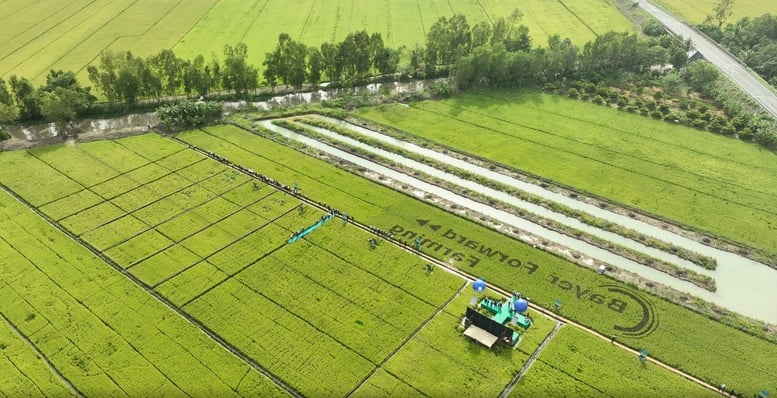
According to FAO experts, Vietnam is on the right track when considering ecological agriculture as a pillar of food security and biosecurity.
Synchronization, efficiency and resource integration
On November 12, the Ministry of Agriculture and Environment issued an Action Plan to implement the Project on emission reduction in the crop production sector for the period 2025 - 2035, with a vision to 2050, specifying the goals, tasks and solutions approved in Decision No. 4024/QD-BNNMT dated September 29, 2025. This is considered an important starting step to realize the goal of developing low-emission agriculture, associated with green growth and climate change adaptation.
According to the Ministry of Agriculture and Environment, the Action Plan aims to ensure the synchronous, timely and effective implementation of the Project's tasks. On that basis, the solutions will be concretized into priority activities in the whole sector, clearly defining the progress and responsibilities of each agency and unit, while ensuring unified coordination between the Central, local and international partners.
The implementation of the Plan must be integrated with existing programs and projects to maximize resources, reduce overlap and increase investment efficiency. Localities, depending on ecological conditions and production characteristics, will develop their own action plans to achieve the common goal of reducing greenhouse gas emissions in crop cultivation.
The Department of Crop Production and Plant Protection is assigned as the focal agency, responsible for coordinating, reviewing policies, developing priority programs and periodically evaluating implementation results. Along with that, other units of the Ministry such as the Department of International Cooperation, the Department of Planning and Finance, the Department of Climate Change, Science, Technology and Environment, etc. will coordinate to carry out tasks on resource mobilization, building MRV (measurement - reporting - appraisal) mechanism, integrating technology and monitoring emission reduction.
To effectively implement the Project, the Ministry of Agriculture and Environment will mobilize diverse resources: State budget, ODA capital, public-private partnership (PPP), socialization and international support. Localities will proactively allocate budgets, integrate programs with the same goals, and at the same time encourage businesses and cooperatives to participate in investment, develop carbon credits and apply green technology to reduce input costs.
International support from organizations such as the World Bank (WB), the Asian Development Bank (ADB), the International Monetary Fund (IMF) and other government and non-government organizations will be fully utilized. The People's Committees of provinces and cities are responsible for directing the implementation at the local level, reporting progress and results annually to the Ministry before December 15.
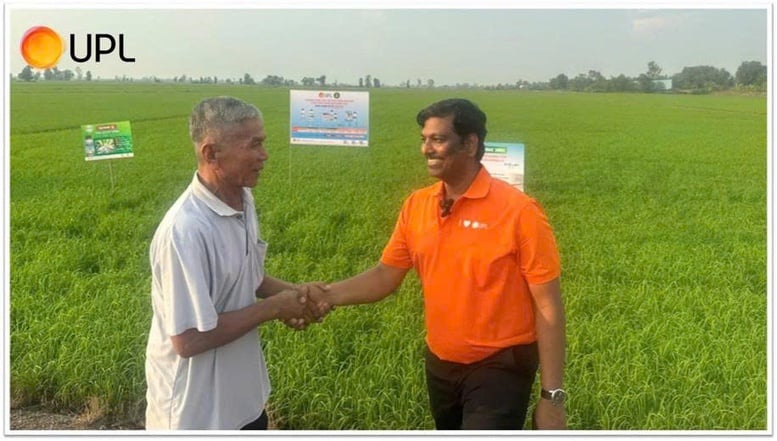
International cooperation is a positive direction for transforming farming towards low emissions.
Production practices across Vietnam are demonstrating that crop production is shifting towards emission reduction. In An Giang, the “1 must, 5 reductions” model helps reduce 30% of fertilizers, pesticides and methane gas. In Ninh Binh, farmers switched to organic fertilizers, reducing N₂O emissions. In the Central Highlands, the macadamia-cashew intercropping model both increases income and restores the soil. These models are spreading, forming a multi-layered farming ecosystem where land, water and crops grow together.
According to FAO experts, Vietnam is on the right track when considering ecological agriculture as a pillar of food security and biosecurity. In addition to environmental benefits, green transformation also helps improve competitiveness and meet international market standards – where consumers increasingly demand low-carbon products and ecological traceability.
After 80 years of development, Vietnam's agricultural industry has gone from a "seed revolution" to an "ecological revolution". If rice seeds in 1989 opened the way for export, today, "carbon seeds" - a symbol of renewable energy in agriculture - are opening a new chapter for green development.
From rice-shrimp fields, coffee-banana gardens to smart farming systems applying meteorological data, all are affirming that Vietnamese agriculture is no longer just a pillar of the economy, but also a strong commitment of the country to develop in harmony with nature, for a green and sustainable future.
According to the Ministry of Agriculture and Environment, the implementation of the Project is a concrete step in Vietnam's roadmap to achieve "Net Zero" emissions by 2050. The context of climate change is strongly affecting agriculture: salinity intrusion and drought alone affect more than 1.3 million hectares of cultivated land each year; if sea levels rise by 1 meter, the Mekong Delta could lose up to 40% of its production area.
This requires the farming industry to shift from a production-oriented mindset to an ecological mindset – where each hectare of land not only produces but also regenerates and protects the environment. Projects such as VnSAT and MD-ICRSL have laid a solid foundation with more than 1.8 million farmers receiving technical training, nearly 200,000 hectares of rice and industrial crop land converted to a model of reducing emissions, helping to increase resource efficiency and improve livelihoods.
Deputy Minister of Agriculture and Environment Hoang Trung emphasized that building an MRV system – measuring, reporting, and verifying greenhouse gas emissions – is a difficult but urgent task. Once completed, the Ministry will pilot a carbon credit exchange model, in which farmers can directly benefit from emission reductions.
Priority crop groups include rice, coffee, pepper, fruit trees and perennial industrial crops, selected based on criteria of area, emission reduction potential and ecological advantages. The Ministry also aims to pilot a domestic carbon market before 2028, creating a foundation for carbon credit exchange in agriculture.
Do Huong
Source: https://baochinhphu.vn/nganh-trong-trot-buoc-vao-giai-doan-phat-trien-xanh-102251113121228022.htm





![[Photo] Deep sea sand deposits, ancient wooden ship An Bang faces the risk of being buried again](https://vphoto.vietnam.vn/thumb/1200x675/vietnam/resource/IMAGE/2025/11/13/1763033175715_ndo_br_thuyen-1-jpg.webp)






























































![[Photo] Panorama of the 2nd Vietnam-Cambodia Border Defense Friendship Exchange](https://vphoto.vietnam.vn/thumb/402x226/vietnam/resource/IMAGE/2025/11/13/1763033233033_image.jpeg)
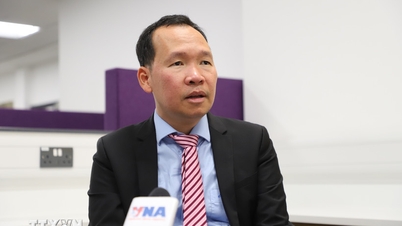



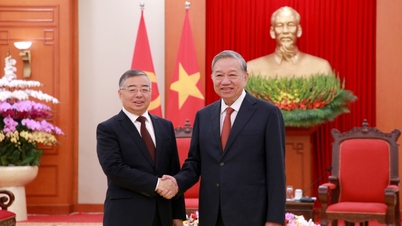













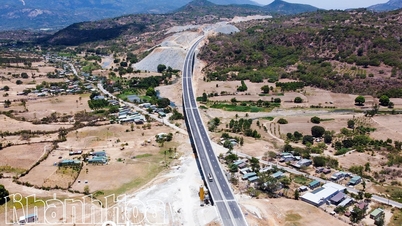




![Dong Nai OCOP transition: [Article 3] Linking tourism with OCOP product consumption](https://vphoto.vietnam.vn/thumb/402x226/vietnam/resource/IMAGE/2025/11/10/1762739199309_1324-2740-7_n-162543_981.jpeg)







Comment (0)